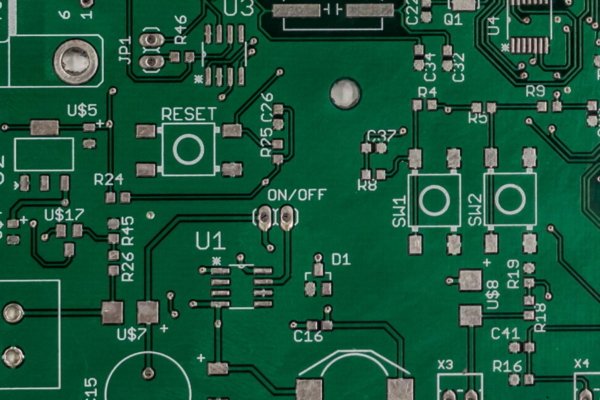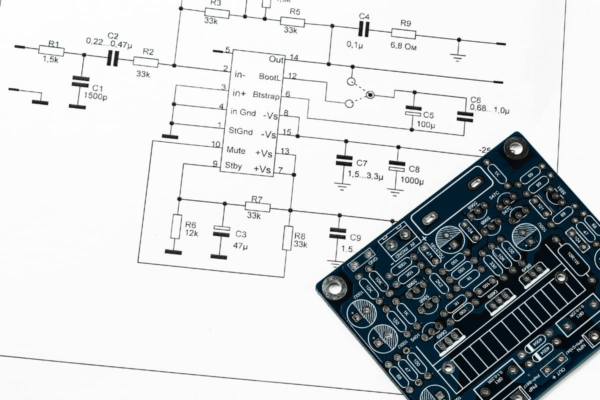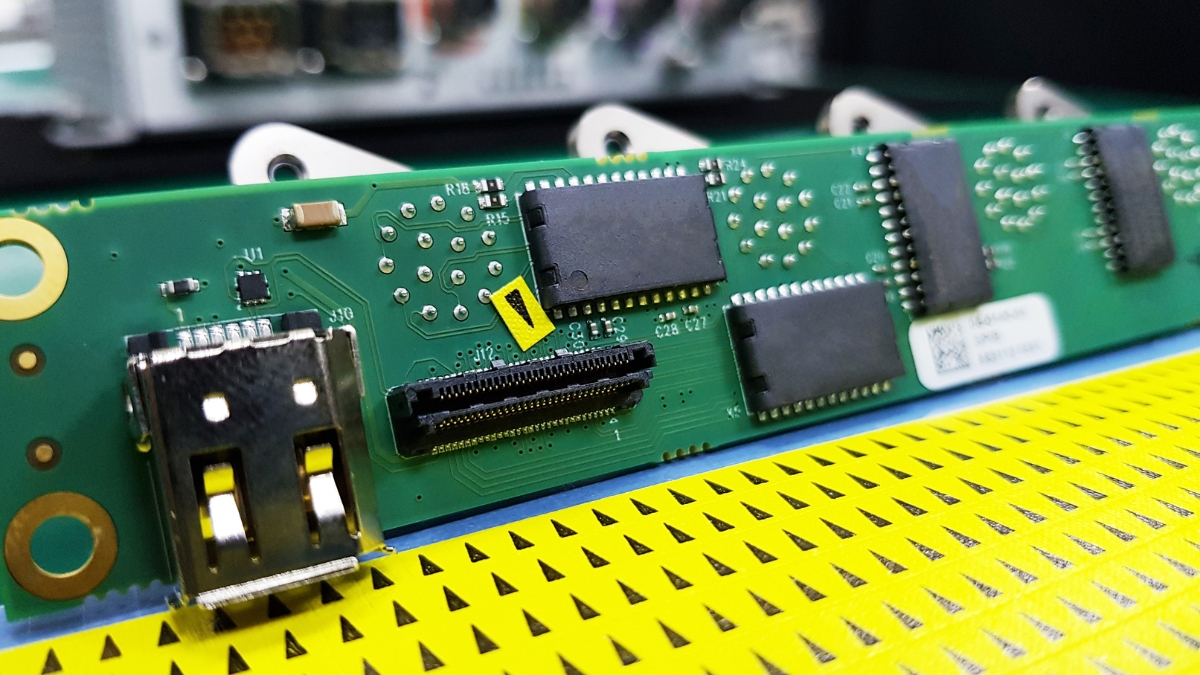What is Flexure Failure
Flexure failure is the failure or damage that occurs in the flexible section of a rigid-flex PCB design when it is subjected to repeated or sharp bending against a rigid area. This type of failure is characterized by the stress placed on the flex materials beyond their physical capability, leading to the development of cracks or tears in the flex section.
The transition from a rigid area to a flexible section in a rigid-flex PCB design is particularly susceptible to flexure failure. This is due to the change in construction and the presence of a hard edge at the transition point, which can cause the flex materials to exceed their limits when exposed to repeated or sharp bending against the rigid area. As a result, the circuits within the flex section may become cracked or torn.
To mitigate the risk of flexure failure, designers often incorporate a flexible epoxy strain relief at the transition between the rigid and flex sections. This strain relief provides additional protection to the flex, especially in designs with tight bend requirements adjacent to the rigid area(s). However, even with the strain relief, proper handling and avoiding abuse are still necessary to prevent flexure failure.





